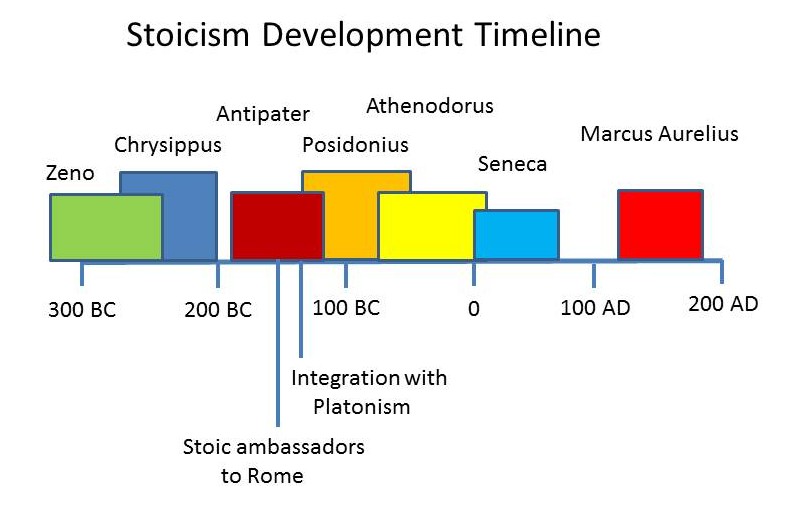
Stoic Philosophy in Antiquity: Its Origins, Metaphysics and Ethical Principles
Introduction
Consistent across all of the Hellenistic philosophical schools was the importance of the Soul, the distinction of the human soul as having the capability to reason (what came to be known as logos, a very important term in early…
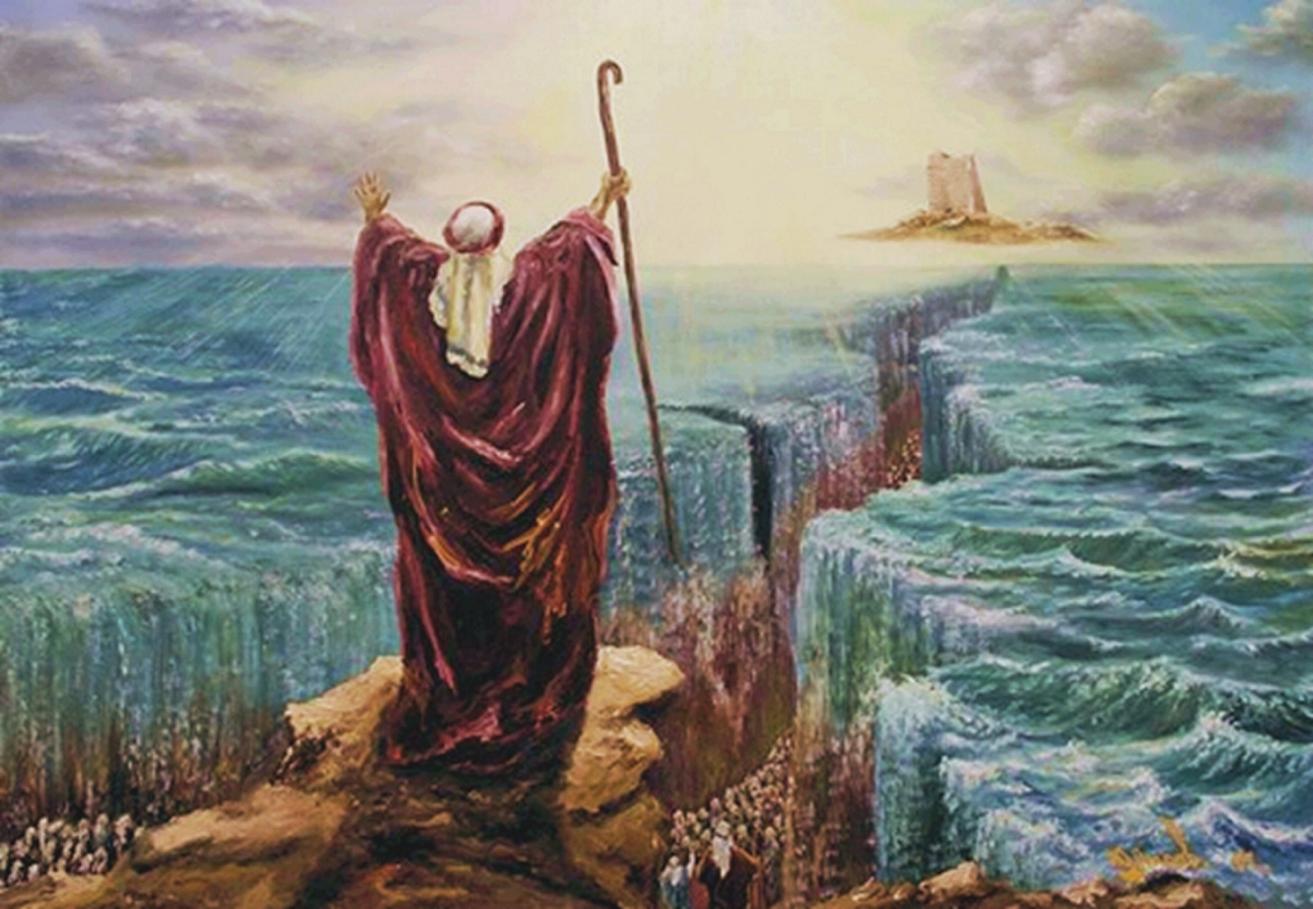
A Walk with Moses
Moses and his One God: Jewish Roots
Christianity and Islam are the most wide spread and influential monotheistic religions in the world today by any measure, and both sprung from and were heavily influenced by the monotheistic religions, and…
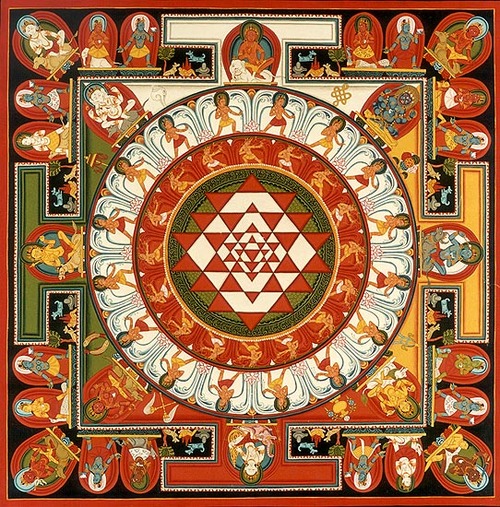
What is Vedanta?
Introduction
The ancient Indo-Aryan civilization sprung forth in the Indus valley region in modern day India and Pakistan (to the ancients Eastern Persia), and was the source of the “Vedas”, some of the oldest extant literature of mankind.…
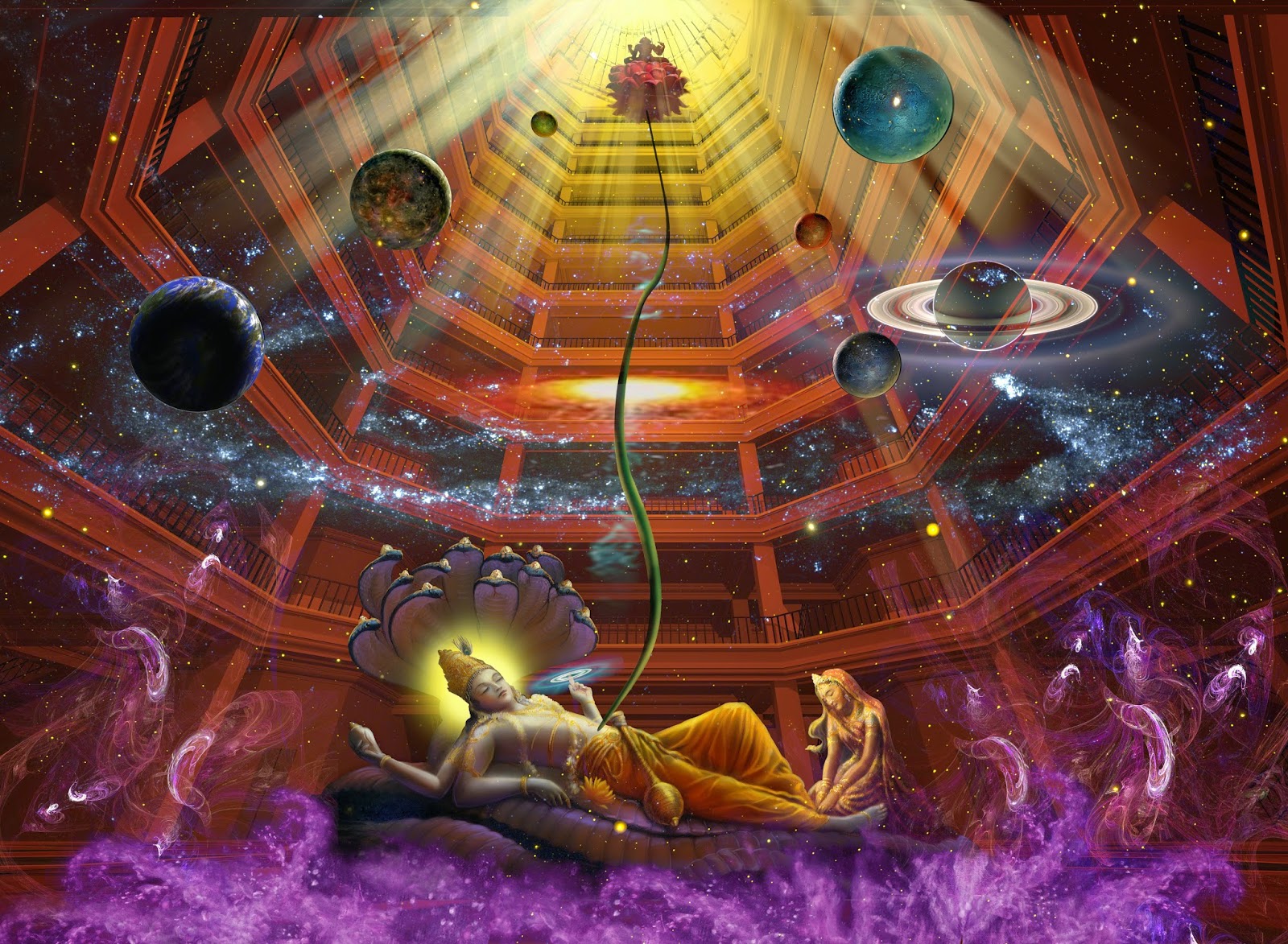
Vedic Cosmological Narratives (Part II)
The Hymn of Purusha: God Takes Shape[1]
While the preceding passage from the Rig Veda contains some of the root kernel philosophical elements of Vedic philosophy, there is another passage from the same collection of hymns dating back to the…
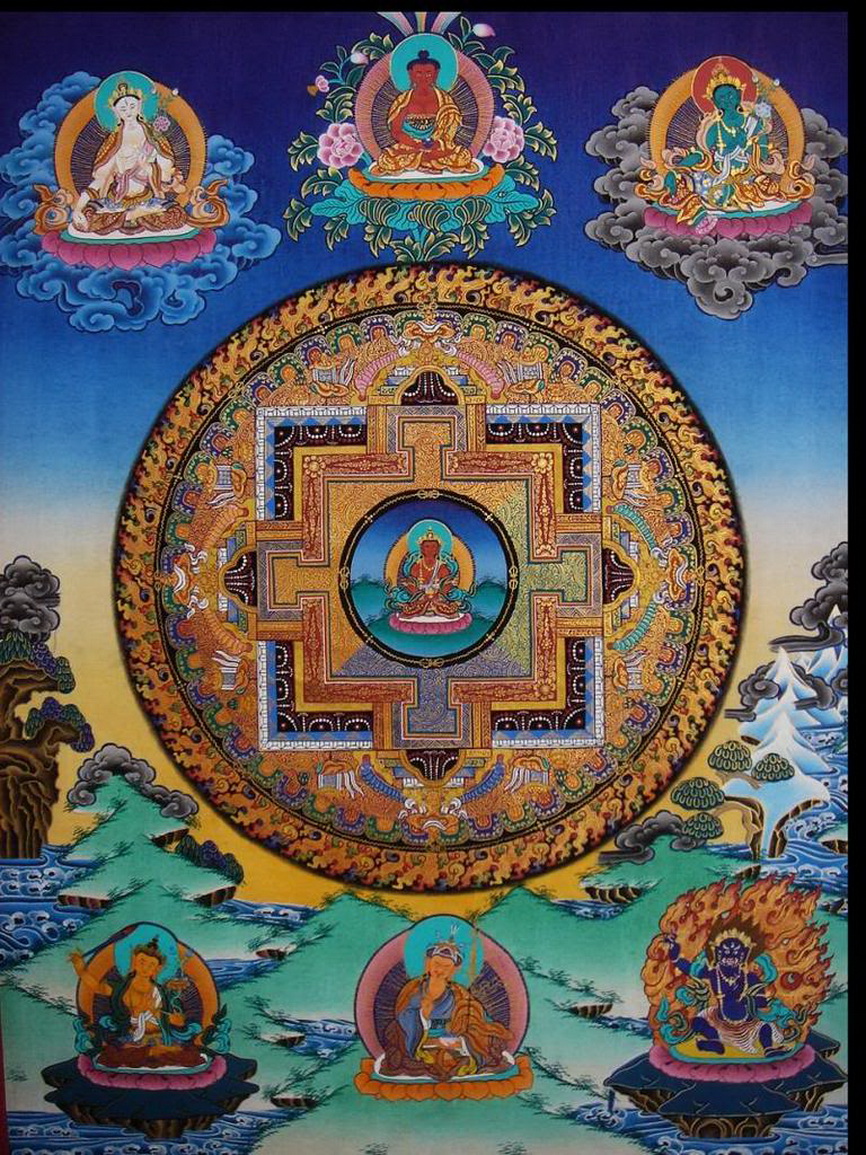
Vedic Creation Narratives and Philosophy: Brothers in Arms (Part I)
When looking at the Indo-Aryan tradition, given its age and maturity and its fundamental belief and faith in the unity of man and the universe from which he emerged (unique to the Eastern religious traditions in general), a line can be drawn…
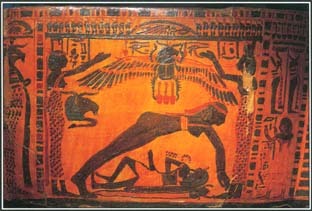
Creation Stories of the Ancient Egyptians: Order (Maat) from Chaos
Cultural Context
As Charlie began to delve into the mythology of the Ancient Egyptians, and in particular their cosmology, or mythological description of the origins of the known universe, he found that a narrative of mythology or a book of…
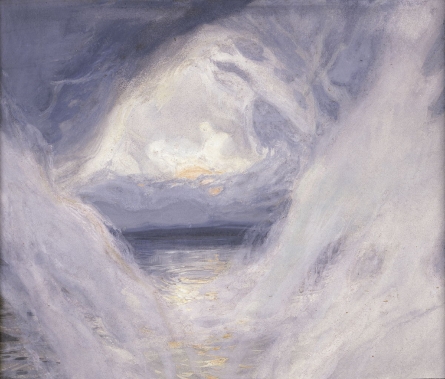
Creation Mythology in Antiquity: Order out of Chaos
Introduction: Creation Myths in Antiquity
Any cursory study of Egyptian and Sumer-Babylonian creation mythology yielded parallels and similarities, but was much less clear and open to debate was whether or not these similarities, these mythemes…

The Philosophy of the East: The Legacy of the Indo-Aryans
Introduction
Throughout academic parlance in the Enlightenment Era intellectual and philosophical development throughout mankind’s history has been divided into Eastern and Western branches. The Eastern branch of thought and development…
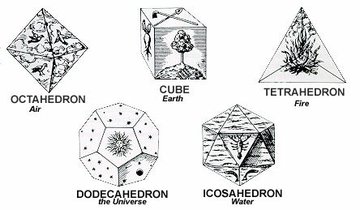
Sacred Geometry in Plato’s Timaeus
After Pythagoras, the next in line in the propagation of core mathematical constructs, not just numbers themselves but again geometry as well, as key elements of the universal world order, is Plato. It is said that outside of the Academy which…
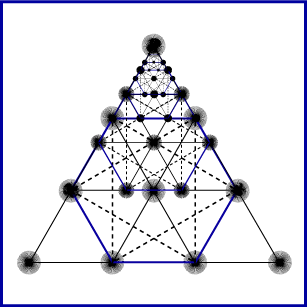
Pythagorean theology: Truth in numbers
In their quest for the ultimate symbols to represent reality the Greeks developed a theological system that although was analogous to the pantheistic tradition within which it coexisted, was relatively independent from it and was perceived to…
